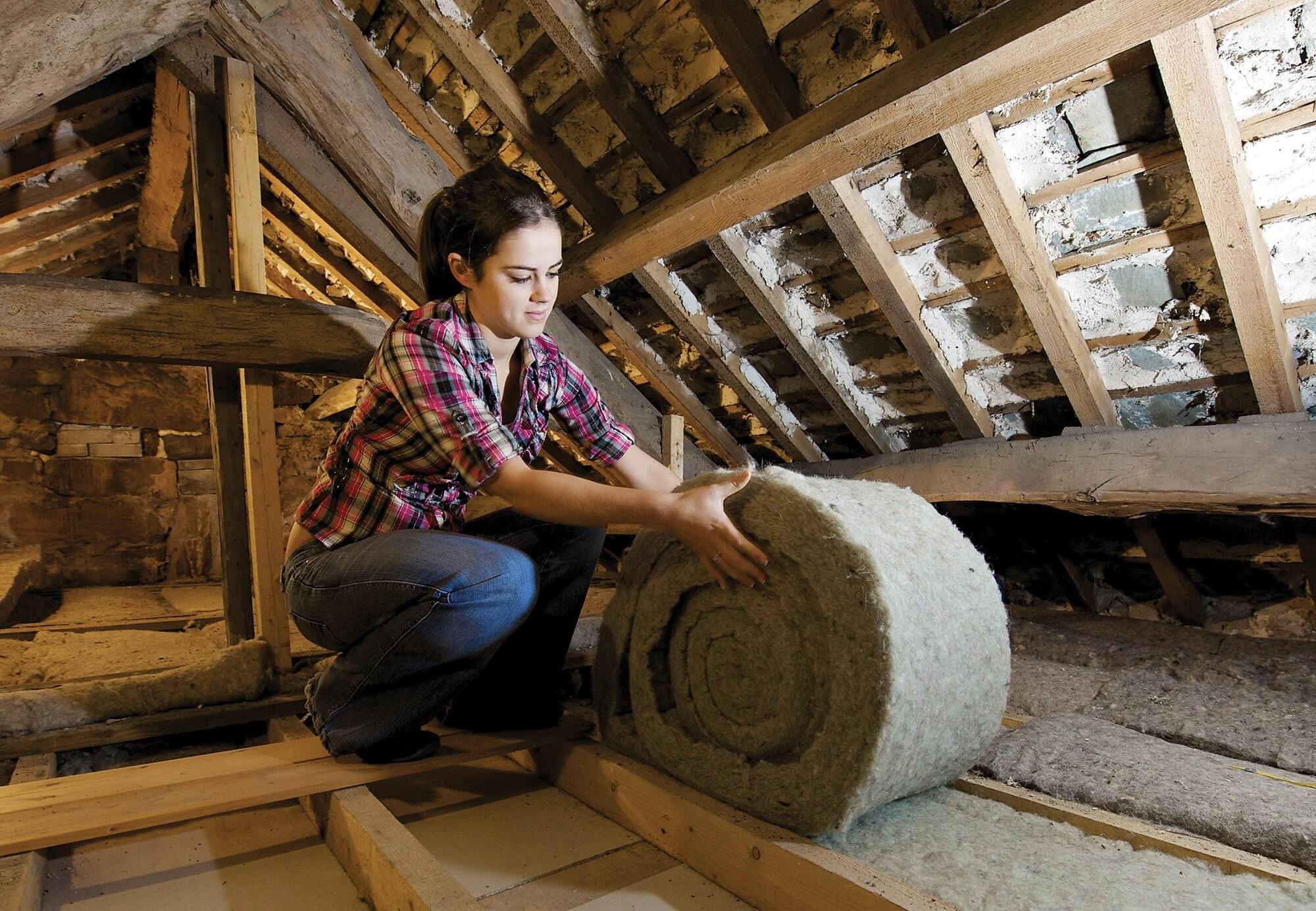Overview
Summary
Embracing eco-friendly home products isn't just about following a trend; it's a conscious choice to live in harmony with the planet. By making sustainable choices in every aspect of your home, you not only reduce your environmental impact but also create a healthier, more comfortable living space. Whether you're upgrading your appliances, decorating your home, or maintaining your space, there's a sustainable solution for every corner of your house. It's time to transform your home into an eco-friendly haven, one step at a time.
In an era where environmental consciousness is gaining momentum, adopting eco-friendly home products is not just a trend; it’s a responsible choice. It’s about making choices that not only benefit your home but also contribute positively to the planet. From reducing energy consumption to minimizing waste, there are countless ways to transform your living space into an eco-friendly haven. In this ultimate guide, we’ll explore a plethora of eco-friendly home products and tips to help you make sustainable choices that align with your values and priorities.
Eco-Friendly Home Products for a Greener Tomorrow
Energy-Efficient Appliances
The heart of any home is its appliances, and choosing energy-efficient ones can significantly reduce your carbon footprint. Look for appliances with the ENERGY STAR label, which indicates they meet strict energy efficiency guidelines. From refrigerators to washing machines, these appliances help you save energy and lower utility bills.
LED Lighting
Lighting accounts for a substantial portion of household energy consumption. Transition to LED bulbs, which are not only energy-efficient but also long-lasting. LED lighting options offer a variety of color temperatures and can be used throughout your home.

Solar Panels
Harness the power of the sun to generate electricity for your home. Solar panels have become more affordable and efficient in recent years. By installing them on your roof, you can reduce your reliance on fossil fuels and potentially even sell excess energy back to the grid.
Programmable Thermostats
A programmable thermostat allows you to set your heating and cooling systems to run more efficiently. You can create schedules that align with your daily routine, optimizing comfort and energy savings. Smart thermostats take it a step further by learning your preferences over time.
Water-Saving Fixtures
Water conservation is essential, especially in regions prone to drought. Swap out old faucets, showerheads, and toilets with water-saving alternatives. Low-flow fixtures can reduce water consumption without compromising performance.
Eco-Friendly Insulation
Proper insulation keeps your home comfortable year-round and reduces energy waste. Look for eco-friendly insulation options like cellulose, recycled denim, or spray foam made from renewable materials.

Bamboo Flooring
Bamboo is a sustainable flooring choice due to its rapid growth and renewability. It’s durable, stylish, and available in various finishes, making it an excellent eco-friendly alternative to hardwood.
VOC-Free Paints
Traditional paints emit volatile organic compounds (VOCs) that can be harmful to indoor air quality. Opt for low-VOC or VOC-free paints when redecorating to reduce the release of toxic chemicals into your home.
Eco-Friendly Furniture
When shopping for furniture, consider pieces made from reclaimed wood, sustainable materials like bamboo or cork, or even recycled/upcycled furniture. These options reduce the demand for virgin resources.
Organic Bedding and Mattresses
Your bedroom should be a sanctuary of comfort and health. Choose organic and chemical-free bedding and mattresses to create a sleep environment that’s better for you and the planet.
Sustainable Home Decor: Style with a Conscience
Recycled Glass Decor
Glassware and decor made from recycled glass not only look stunning but also reduce waste by giving discarded glass new life.
Indoor Plants
Bringing the outdoors inside not only enhances your decor but also improves indoor air quality. Plants naturally filter the air and add a touch of nature to your living space.
Vintage and Thrift Store Finds
Vintage and thrift store shopping is not only budget-friendly but also eco-friendly. Reusing furniture and decor items reduces the need for new production.
Sustainable Fabrics
When it comes to upholstery and textiles, opt for eco-friendly options such as organic cotton, hemp, or recycled materials. These fabrics are better for the environment and your home.
Eco-Paint Colors
Consider the environmental impact of the paint colors you choose. Lighter colors reflect more natural light, reducing the need for artificial lighting, and ultimately, energy consumption.
Green Cleaning: Safe and Effective
DIY Eco-Friendly Cleaning Solutions
Create your own cleaning solutions using simple, natural ingredients like vinegar, baking soda, and lemon juice. These DIY cleaners are effective, safe, and reduce your exposure to harmful chemicals.
Eco-Friendly Cleaning Products
If you prefer ready-made solutions, there’s a growing market for eco-friendly cleaning products. Look for brands that prioritize biodegradable ingredients, minimal packaging, and transparency about their environmental commitments.
Reusable Cleaning Supplies
Ditch disposable paper towels and single-use cleaning pads in favor of washable, reusable alternatives. These not only save money but also reduce waste.
Steam Cleaners
Steam cleaning requires no chemicals and is an effective way to sanitize surfaces. Steam cleaners can be used on various surfaces, from floors to upholstery.
Composting
Turn kitchen scraps and food waste into nutrient-rich compost for your garden. Composting not only reduces landfill waste but also enhances your home’s sustainability.
Waste Reduction: Minimizing Your Environmental Impact
Zero-Waste Shopping Kits
Reduce single-use plastic waste by investing in reusable shopping bags, produce bags, and containers for bulk shopping.
Recycling Stations
Set up convenient recycling stations in your home to make it easy to recycle materials like paper, cardboard, glass, and plastics.
Reusable Water Bottles and Containers
Replace disposable plastic water bottles and food containers with durable, reusable alternatives. Stainless steel and glass options are eco-friendly choices.
Eco-Friendly Cleaning Cloths
Swap disposable cleaning wipes for washable, eco-friendly cleaning cloths that can be used repeatedly.
Food Preservation Techniques
Minimize food waste by learning food preservation techniques like canning, pickling, and freezing. These methods help extend the shelf life of your groceries.
Sustainable Gardening: Bringing the Outdoors In
Rain Barrels
Collect rainwater for your garden with rain barrels. This eco-friendly practice reduces your reliance on municipal water sources.
Native Plant Landscaping
Use native plants in your garden to support local ecosystems and reduce water consumption. Native plants are adapted to the local climate and require less maintenance.
Bee-Friendly Gardens
Create a garden that attracts pollinators like bees and butterflies. These beneficial insects play a vital role in our ecosystem.
Organic Gardening
Opt for organic gardening practices, which avoid synthetic pesticides and fertilizers. Organic gardens promote healthier soil and plants.
Composting
We’ve mentioned composting for waste reduction, but it’s also a fantastic way to enrich your garden’s soil naturally. Compost adds valuable nutrients to your garden beds.
Eco-Friendly Home Office: Productivity with a Purpose
Energy-Efficient Electronics
When setting up a home office, choose energy-efficient computers, monitors, and peripherals. Turn off devices when not in use to save energy.
Natural Lighting
Position your workspace near windows to maximize natural light, reducing the need for artificial lighting during the day.
Sustainable Office Supplies
Stock your home office with eco-friendly office supplies, such as recycled paper, soy-based ink pens, and refillable markers.
Ergonomic and Recycled Office Furniture
Invest in ergonomic furniture that prioritizes comfort and support. Look for options made from recycled materials.
Telecommuting and Sustainable Transportation
Consider telecommuting options to reduce your daily commute and carbon footprint. When possible, choose eco-friendly transportation alternatives like walking, biking, or carpooling.
Eco-Friendly Kitchen: Where Sustainability Meets Nutrition
Energy-Efficient Appliances
In the kitchen, energy-efficient appliances, such as induction cooktops and convection ovens, can reduce energy consumption while cooking.
Eco-Friendly Cookware
Choose cookware made from sustainable materials like cast iron, stainless steel, or ceramic. Avoid non-stick cookware that may contain harmful chemicals.
Sustainable Dishware and Cutlery
Opt for eco-friendly dishware and cutlery made from materials like bamboo, wheat straw, or stainless steel. Avoid disposable plastics whenever possible.
Food Preservation Tools
Invest in food preservation tools like canning jars, vacuum sealers, and beeswax wraps to reduce food waste.
Composting
Kitchen scraps are a significant source of household waste. Composting in your kitchen can reduce waste and create nutrient-rich soil for your garden.
Eco-Friendly Home Improvement: Upgrading with Purpose
Green Roofing
If you’re considering a roof replacement, explore green roofing options, such as living roofs or cool roofs, which reflect sunlight and reduce heat absorption.
Sustainable Flooring
When upgrading your flooring, choose eco-friendly options like bamboo, cork, reclaimed wood, or natural stone. These materials are durable and sustainable.
Energy-Efficient Windows and Doors
Invest in energy-efficient windows and doors to improve insulation and reduce heating and cooling costs.
Low-Flow Plumbing Fixtures
Upgrade your plumbing fixtures to low-flow alternatives. Low-flow faucets, showerheads, and toilets can significantly reduce water consumption.
Eco-Friendly Insulation
Proper insulation can improve energy efficiency. Opt for eco-friendly insulation materials like cellulose, recycled denim, or spray foam made from renewable resources.
Eco-Friendly Home Maintenance: Keeping It Green
Sustainable Cleaning Products
When it comes to maintaining your home, choose eco-friendly cleaning products. Look for brands that prioritize sustainability and eco-friendly packaging.
Regular Maintenance
Regularly maintain your home’s systems to prevent costly repairs and extend their lifespan. Proper maintenance reduces waste and resource consumption.
Eco-Friendly Pest Control
Explore eco-friendly pest control methods that avoid harmful chemicals. Natural solutions can effectively address pest issues while protecting the environment.
Green Renovation Practices
If you’re planning a renovation, consider green building practices. From salvaging materials to using eco-friendly paints, there are many ways to make your renovation eco-conscious.
Sustainable Energy Sources
Consider investing in renewable energy sources like solar panels or wind turbines to power your home. These sources can significantly reduce your reliance on fossil fuels.
Conclusion: Embrace a Sustainable Lifestyle
Embracing eco-friendly home products isn’t just about following a trend; it’s a conscious choice to live in harmony with the planet. By making sustainable choices in every aspect of your home, you not only reduce your environmental impact but also create a healthier, more comfortable living space. Whether you’re upgrading your appliances, decorating your home, or maintaining your space, there’s a sustainable solution for every corner of your house. It’s time to transform your home into an eco-friendly haven, one step at a time.
Remember, the journey to a sustainable home is ongoing. Stay informed about new eco-friendly products and practices, and be open to adopting them as they align with your values and priorities. Your eco-conscious choices not only benefit your immediate environment but also contribute to a greener, healthier future for our planet. Make the ultimate commitment to eco-friendly living, and watch as your home becomes a shining example of sustainable living done right.


